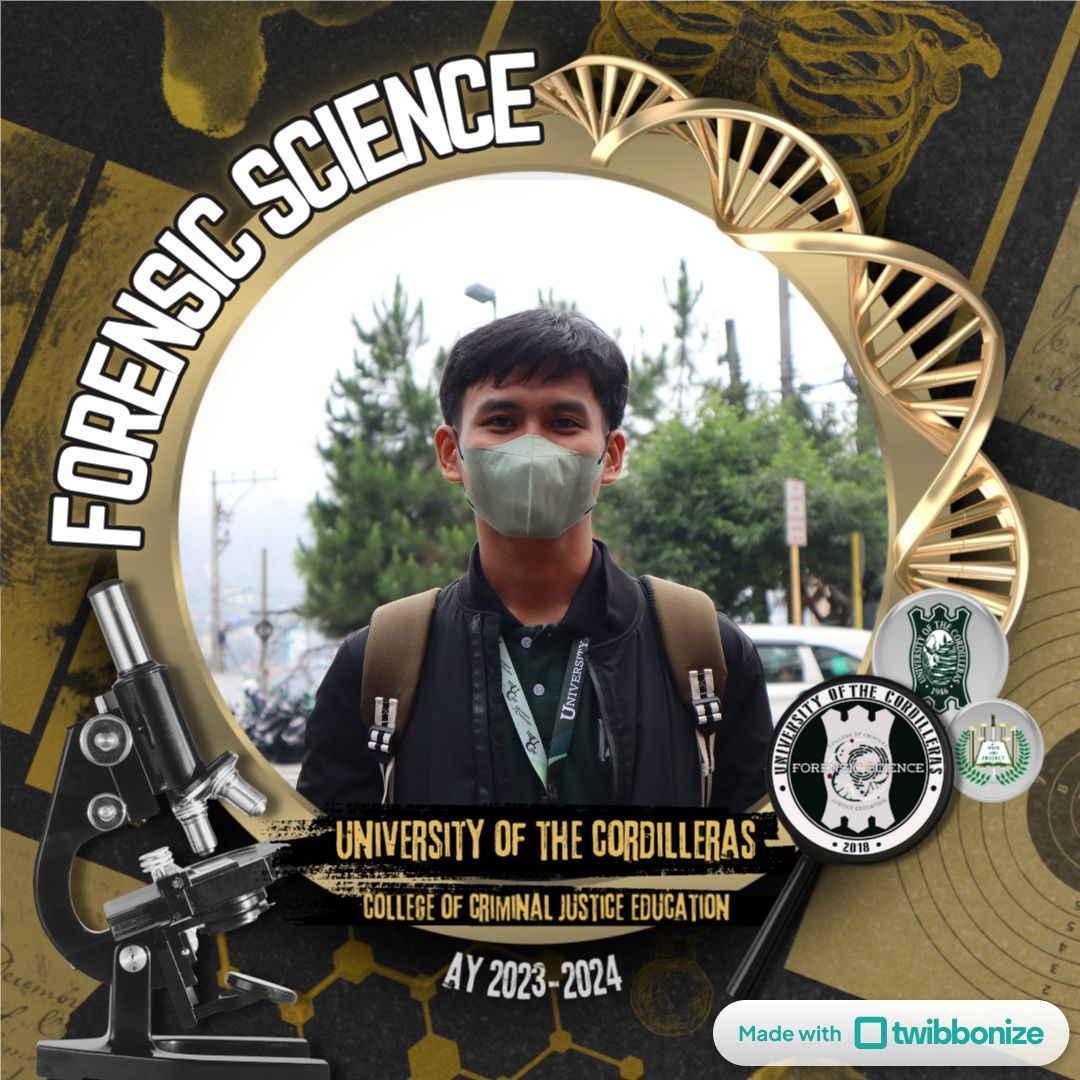TOPIC 11 | The Primer
Cards (25)
- PrimerThis is the portion of the cartridge which consist of a brass or a gilding metal cup.
- PrimerIt is the smallest part of a cartridge.
- PercussionThis refers to the action by the firing pin striking the cup which contains a highly sensitive mixture of chemical compound causing it to detonate or ignite.
- Alexander John ForsythHe is credited for being the first to conceive the idea of using detonating compounds for igniting powder charges in small arms by applying the principle of "percussion"; and in 1807, he obtained a patent for this idea.
- Types of Modern Center Fire Primers: Boxer Type
- also known as the American Type
- invented by Col. Edward Boxer
- may also be called the separated anvil type
- the anvil is an integral part of the primer assembly
- there is only one flash hole and this is the center of the primer cup
- can be reloaded
- Types of Modern Center Fire Primers: Berdan Type
- invented by Col. Hiram Berdan
- the anvil is part of the cartridge case
- it has two or three flash holes that are not centered in the case's base
- not generally reloaded
- Types of Modern Center Fire Primers: Battery Cup TypeThis is simply a variation of the boxer type that is generally used for shotgun shells.
- DiscThis is a piece of small paper or disc of tin foil which is pressed over the priming mixture.It serves two purpose:
- to hold the priming mixture in place; and
- to exclude moisture that degrade the quality of the priming mixture
- CorrosionThis refers to the chemical wear and tear of the inside of a gun barrel due to rust formation or chemical reactions by the products of combustion after firing.
- ErosionThis refers to the mechanical wear and tear of the inner surface of the gun barrel due to mechanical abrasion or sliding friction.
- Firing Pin ImpressionThis is a distinctive mark placed by the gun on the primer that is very useful for firearm examiners during firearm identification.
- Flash-holeThis is the passage of heat and flame that ignites propellant loaded in the gunpowder chamber. This is also called as vent.
- 3 Main Parts of Center-fire Cartridges
- Ignition chemicals
- Cup
- Anvil
- The primer of center-fire cartridges that is designed like a cup is crafted for handguns, rifles, and shotguns.
- In refilling cartridge cases, the used primer is removed from the primer pocket and replaced with a whole new primer.
- The first successful priming mixture the Forsyth invented is composed of potassium chloride, charcoal, and sulfur in powder form.
- Primer CupThis is the container of the priming mixture. It is composed of brass and copper or any other gilding metal.
- AnvilIt is a thin but rigid metal strip where the priming mixture is crushed once the firing pin strikes the primer cup.
- Primer PocketIt simply refers to the space at the center bottom of the shell where the primer cup, priming mixture, and anvil occupy.
- Priming MixtureThis is the chemical component of the primer.
- Elements Typical on Primers of Center-fire Cartridges
- Lead
- Barium
- Antimony
- Component of Priming Mixture
- Lead Styphnate
- Barium Nitrate
- Antimony Sulfide
- The primer is a volatile chemical in powdered form contained in the primer cup. Once its volume is compressed, it automatically undergoes rapid combustion.
- 2 Classes of Modern Priming Mixture
- Corrosive Primer - This type is primarily composed of potassium chlorate. If this is ignited, it produces potassium chloride which draws out moisture from the air and this moisture speeds the corrosion of metal.
- Non-corrosive Primer - This is the improved class of priming mixture. It has barium nitrate instead of potassium chlorate.
- Corrosive Primer Ingredients
- Potassium Chlorate - 45% (initiator and fuel)
- Antimony Sulfide - 23% (fuel element)
- Mercury Fulminate - 32% (initiator)
